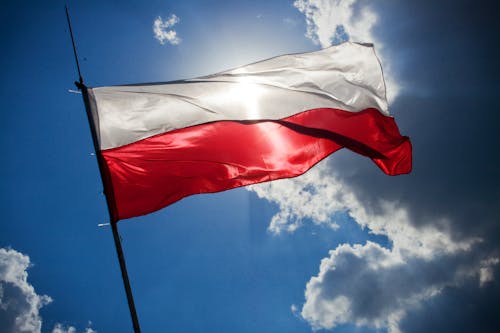Polish Industry Rebounds Strongly But Omicron Is Casting A Long Shadow
Industrial output in November jumped by 15.2% YoY, substantially stronger than in the previous month (7.8% YoY) and expectations (8.7% YoY). This primarily reflects very strong manufacturing. Mining and utilities helped as well.

Polish manufacturing output expanded by 13% YoY in November, up from 5.5% YoY in the previous month. Most manufacturing branches showed higher activity which confirms an improvement in supply chains. Car manufacturing expanded by 1.4% YoY, after a decline of 19.5% YoY the previous month. Similarly, production of electrical appliances expanded by 11.2% YoY, after declining by 3.1% YoY in October. Improvement in supply chains was indicated by the loosening of health restrictions in Asia in September and October, as well as a rebound in European industry, especially in Germany, despite the high ongoing Covid-19 wave.
Rising output signals strong internal demand as well. Production of clothing expanded by 10.1% YoY and of food products by 10.8% YoY.
Mining continues to fare relatively well, its dynamics increased by 4.0% YoY, up from 2.4% YoY in October. Historically, this is a relatively strong print, reflecting strong demand for coal, given record-high natural gas prices.
The output of electricity, gas and steam continued to grow at a very fast rate. Since natural gas (UNG) prices in EU markets increased even 5-fold in the recent weeks, coal-fired power plants gained a comparative advantage in electricity production. Despite a strong increase in carbon prices in EU ETS, coal-based electricity is significantly cheaper than gas. At the same time, capacity in renewable energy remains relatively low due to insufficient investment in recent years, in particular, untapped potential to expand onshore wind.
We fear that the strong industrial recovery in Poland may prove to be short-lived. Chinese authorities started to close ports in the wake of the Omicron variant. The new restrictions should hit production in Europe (EZU) in December and 1Q22. Hence some branches, like car manufacturing, may face supply shortages once again. The spread of the pandemic in Poland may also affect strong internal demand.
The structure of the production data hints at strong price pressures. On the one hand, internal and external demand remains strong. On the other, output may again be affected by supply chain disruptions, encouraging producers to increase prices. Also, companies can push their rising costs onto consumers, as indicated by things like the PMI survey.
Production figures for October and November support our 2021 GDP forecast at 5.4% YoY. The chances for an even higher print are significant.
Today’s data, as well as a strong rise in energy tariffs announced on Friday, call for further NBP’s interest rate hikes, up to 4-4.5%. The terminal rate should be reached in the turn of 2022/23.
Disclaimer: This publication has been prepared by ING solely for information purposes irrespective of a particular user's means, financial situation or investment objectives. The information ...
more


